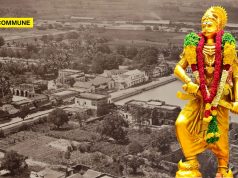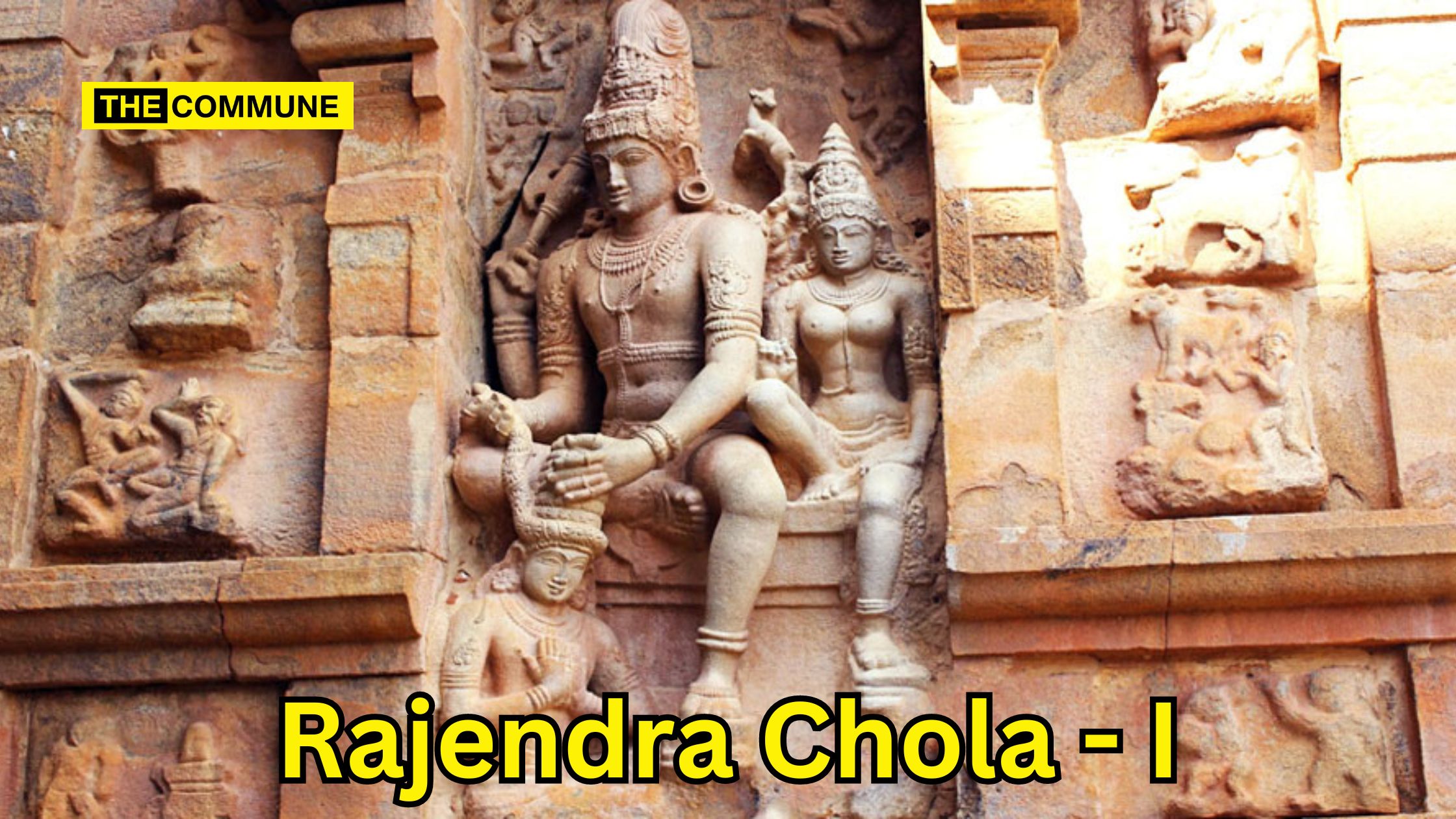
When we hear “Imperial Cholas,” we immediately envision the Chola dynasty that dominated South India from the 9th to the 13th centuries. This era is vividly remembered for its architectural wonders, from intricate bronze sculptures to the striking Dravidian-style multi-storeyed towers with towering gopurams, pillared assembly halls, and grand mandapas. This golden age left an indelible mark on the Indian subcontinent, with the Chola empire reaching its zenith, extending from the southern tip of India to distant territories in Southeast Asia. The Chola empire was a beacon of cultural richness and military might, combining flourishing trade with a formidable naval presence. Their legacy, a blend of soft and hard power, continues to inspire awe and connect us to India’s illustrious past.
Founded by Vijayalaya Chola I in the late 9th century, the Chola dynasty came into its own under the visionary leadership of Rajaraja Chola I (reigned 985-1014 CE) and his son, Rajendra Chola I (reigned 1014-1044 CE). Rajaraja Chola I laid the foundation for a powerful empire, expanding its territory and fortifying its administrative structures. His son, Rajendra Chola I, then propelled the Chola dynasty to unprecedented heights, extending its reach to the northern reaches of India and even launching naval expeditions that reached the coasts of present-day Indonesia and Malaysia.
The Cholas are celebrated for their innovative governance, military prowess, and remarkable contributions to art and architecture. They implemented an efficient bureaucratic system and fostered economic prosperity through an extensive trade network. Their architectural legacy, exemplified by the magnificent Brihadeeswarar Temple and other grand structures, inspires awe. The Imperial Cholas’ reign was a period of cultural renaissance, marked by advancements in literature, art, and religious scholarship. Their influence extended well beyond their empire, leaving an enduring legacy that shaped the historical and cultural landscape of South Asia and Southeast Asia.
To ensure that this rich cultural heritage is passed on to future generations, the festival of “Aadi Thiruvadhirai” is celebrated annually during Aadi month. This festival, held in honour of the birth star of Lord Shiva, marks Rajendra Chola’s birth anniversary and pays tribute to his legendary contributions.
During the festival, the idol of King Rajendra Chola is dressed in vibrant silk robes and adorned with fragrant flower garlands. Talented performers from nearby villages are invited to showcase their skills at the Arulmigu Peruvudaiyar Temple. The celebrations feature Carnatic music and theru koothu, a traditional storytelling performance highlighting Rajendra Chola’s notable achievements. Each year, thousands of spectators gather to celebrate and honour the remarkable legacy of King Rajendra Chola, marvelling at his enduring impact.
Sceptics might question whether Rajendra Chola personally confirmed his birth details. However, historical evidence is provided by an inscription at the Thiagarajaswamy Temple in Tiruvarur, where Rajendra Chola I (reigned 1012-1044) documented his birth star, Aadi Thiruvathirai (Ardra Nakshatra). The inscription outlines three key points: first, that Margazhi Tiruvathirai should be celebrated as a festival for Lord Shiva; second, that Iyppasi Sathayam, the birthday of his father Rajaraja Chola I, should also be celebrated; and third, that Aadi Thiruvathirai, Rajendra’s birth star day, should be observed as a distinct festival.
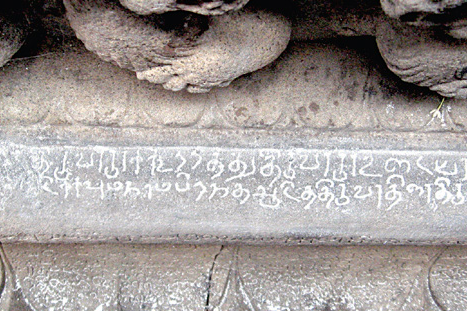
(Image Credit: TNIE)
Originally named Madhurantaka, Rajendra adopted the name Rajendra Chola at his coronation. At a young age, he was entrusted with military duties against the Western Chalukyas and was known as ‘Panchavan Marayan’. Rajaraja Chola made him co-regent in 1012, and following Rajaraja’s death, Rajendra ascended to the kingship.
Rajendra Chola’s military achievements are legendary. His northern expeditions to bring Ganga water earned him the title ‘Gangai Kondan’. His naval prowess was demonstrated in his successful campaigns across Southeast Asia, the Maldives, and the Lakshadives. He also conquered Lanka, defeating the Sinhala king and bringing the Pandya Crown and ‘Rathna Malai’ back to India. Later, he coronated his son with these treasures and named him ‘Sundara Chola Pandiyan’. The path taken by the Chola army during the Ganges expedition is well-documented.
Rajendra’s inscriptions declare: “Rajad-Rajanya Makuta sreni-ratneshu sasanam Etad Rajendra Cholasya parakesari varmanah,” meaning this order of Parakesari Rajendra Chola is akin to a gem among the crowns of illustrious kings.
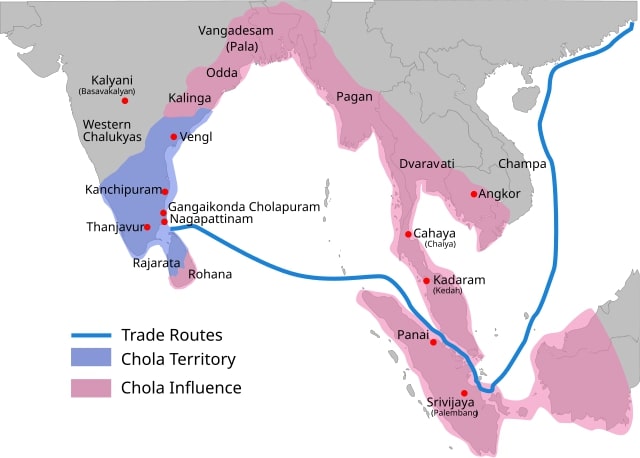
Rajendra’s guru was Sarvasiva Pandita from Gauda Desam, a member of the Pasupatha Sect of Saivas. Rajendra built the Thiuvirameswara Udayar Temple at Esalam in Tamil Nadu and followed dharmic principles closely. His dedication to Vedic studies was evident in his establishment of the Vedic Patasala at Ennayiram, which taught Rig Veda, Yajur Veda, Sama Vedas, and Atharva Veda to 270 students, with 32 teachers instructing them in various texts.

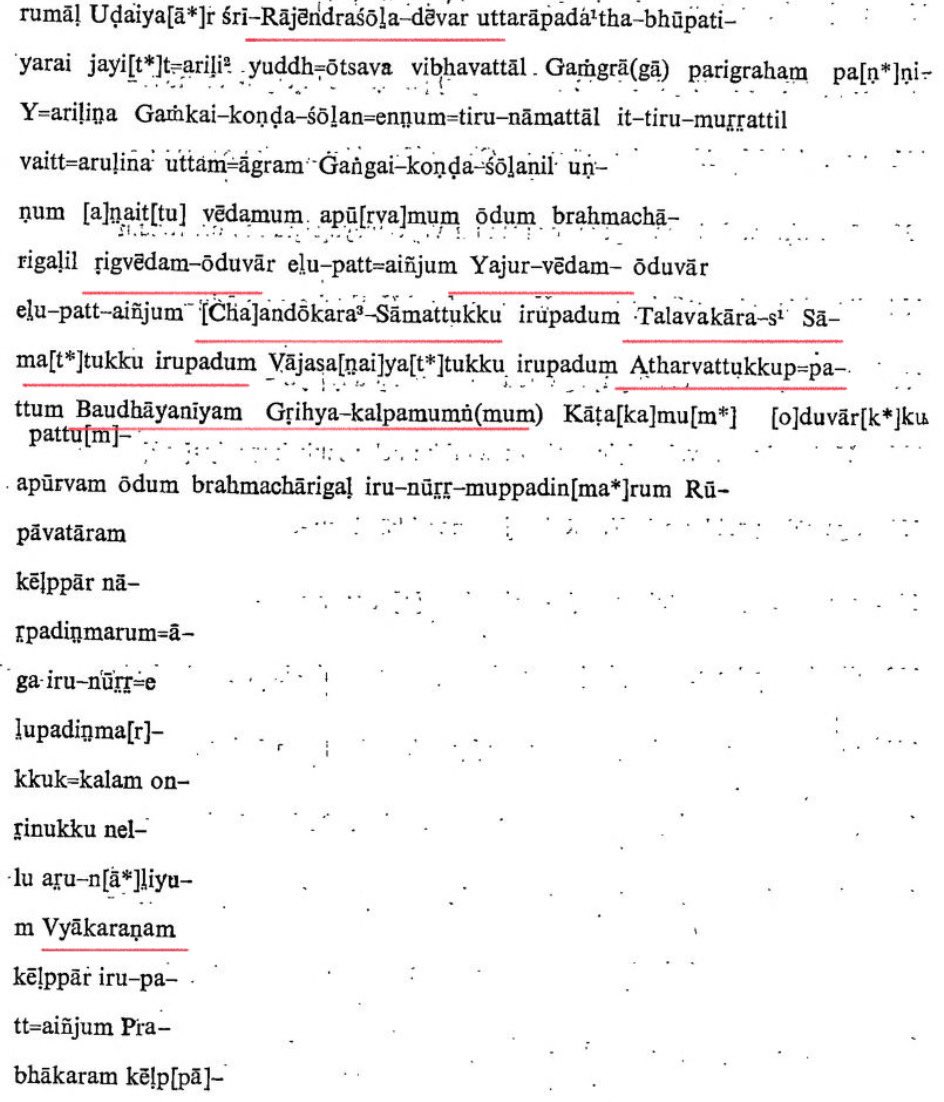
His subjects held him in high esteem, as reflected in numerous inscriptions that include prayers for his well-being. Rajendra deeply revered his father, Rajaraja, referring to him as ‘Nam Udayar’ (our leader) in inscriptions from Tirubhuvani.
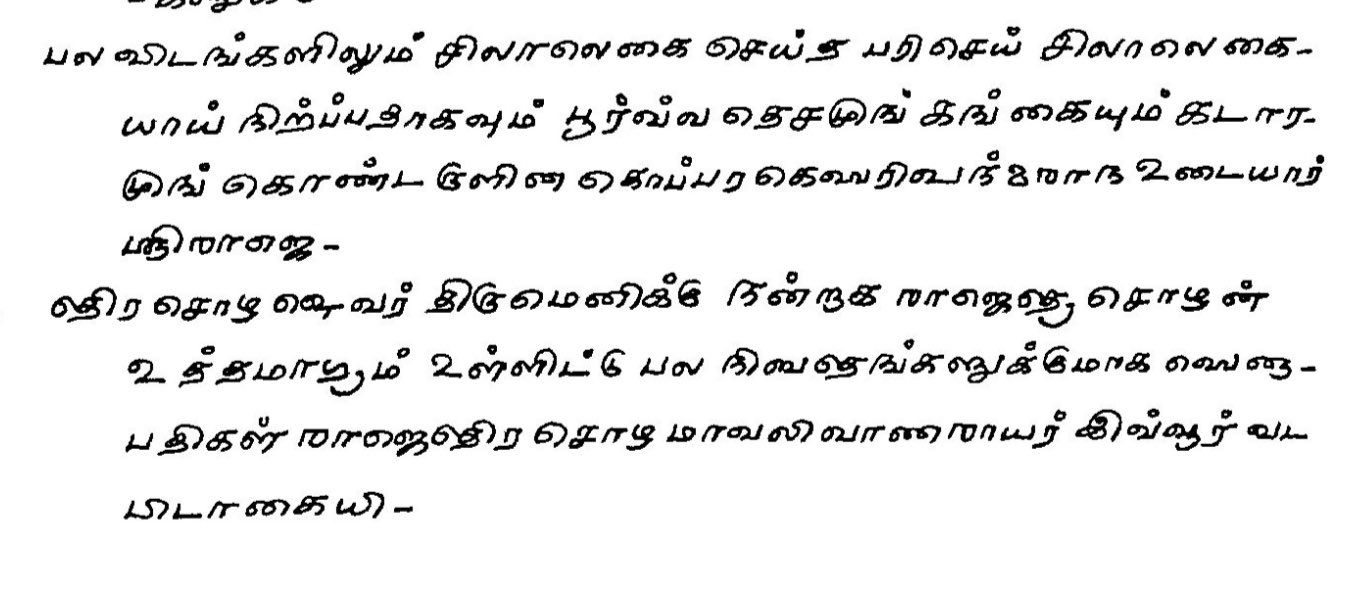
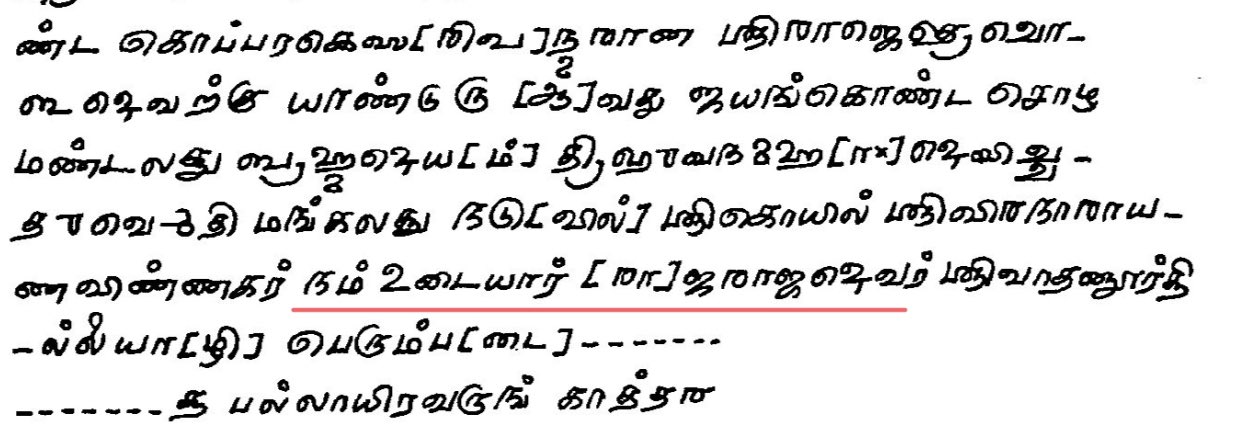
Rajendra Chola’s legacy continued through his illustrious sons—Rajadhiraja, Rajendra II, and Vira Rajendra—who each ruled in succession and furthered the glory of the Chola dynasty.
(With inputs from TS Krishnan)


